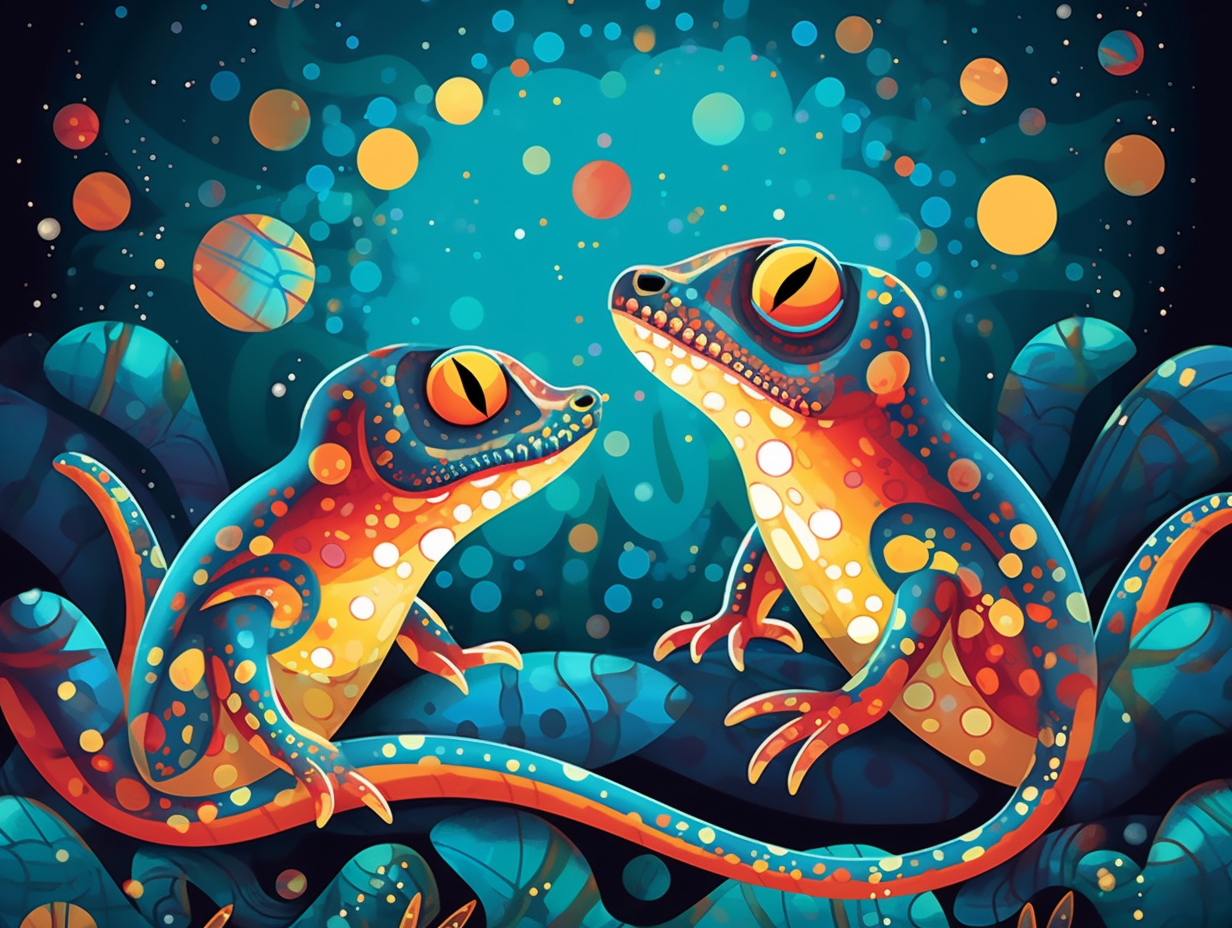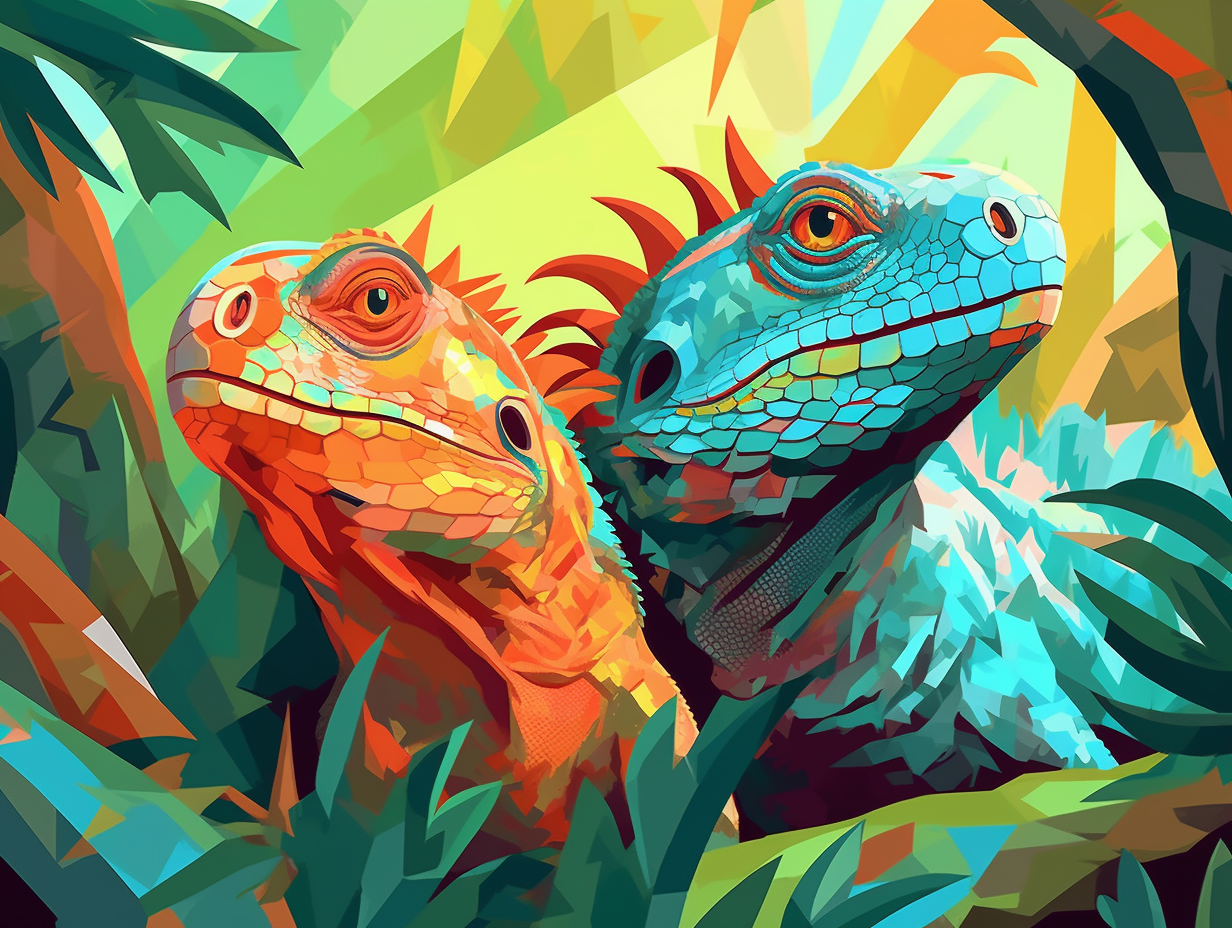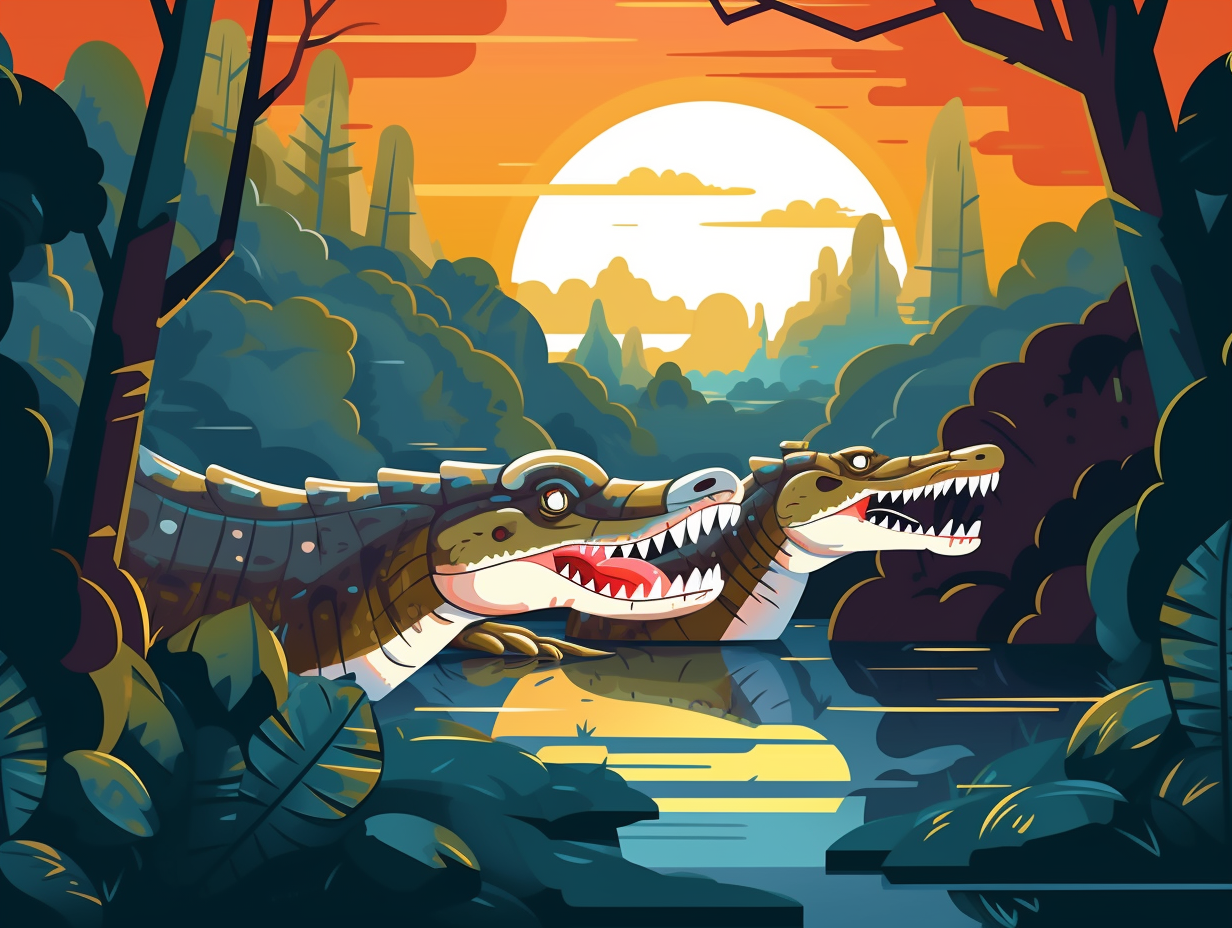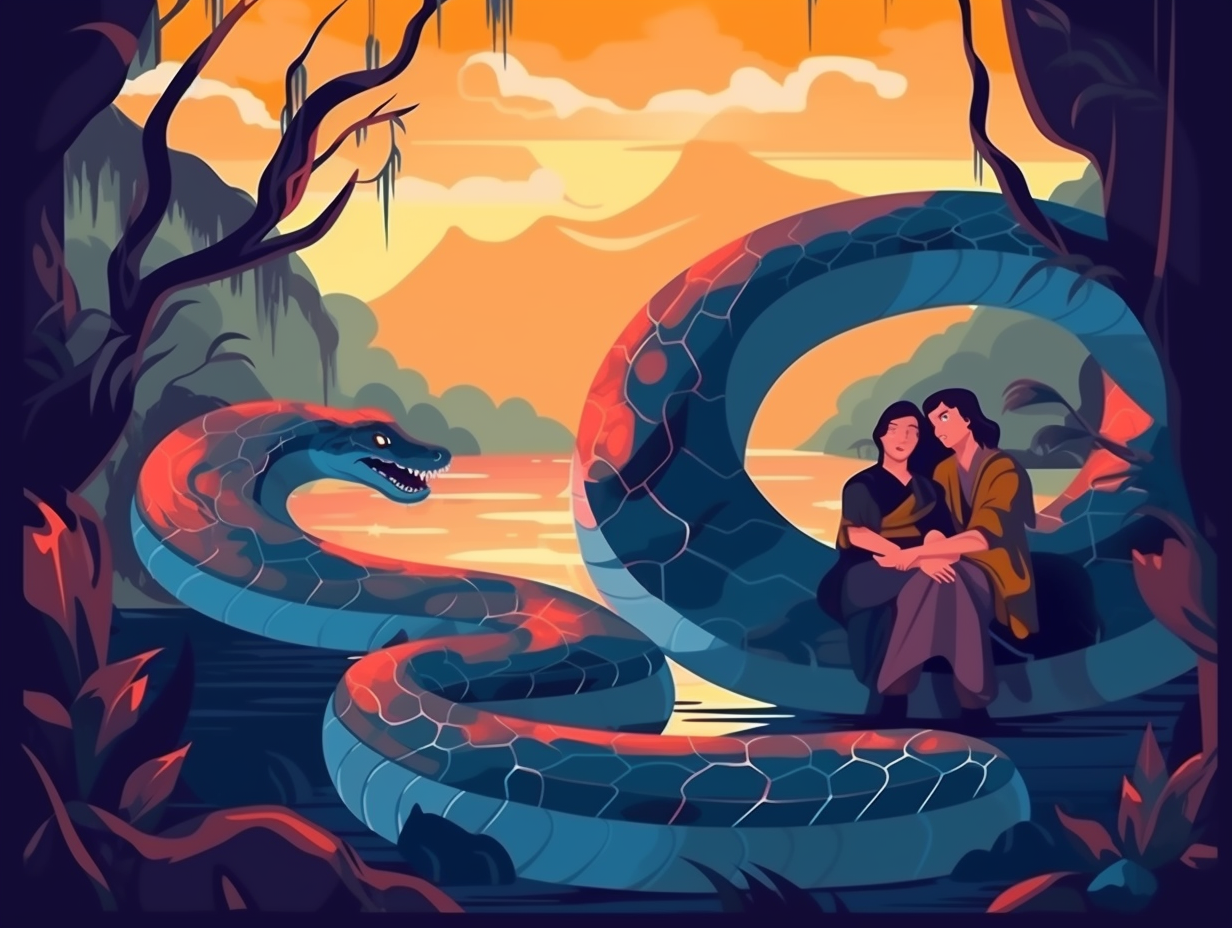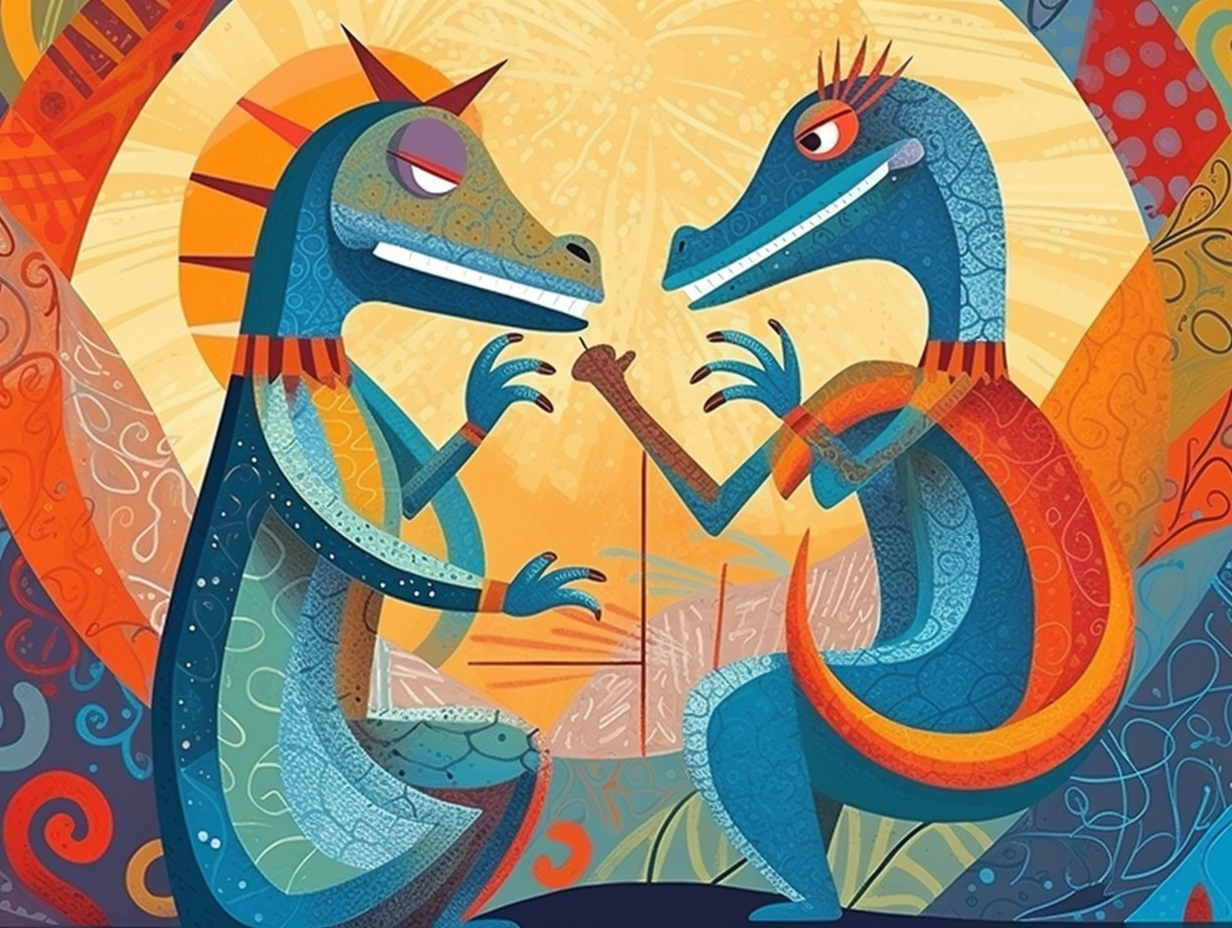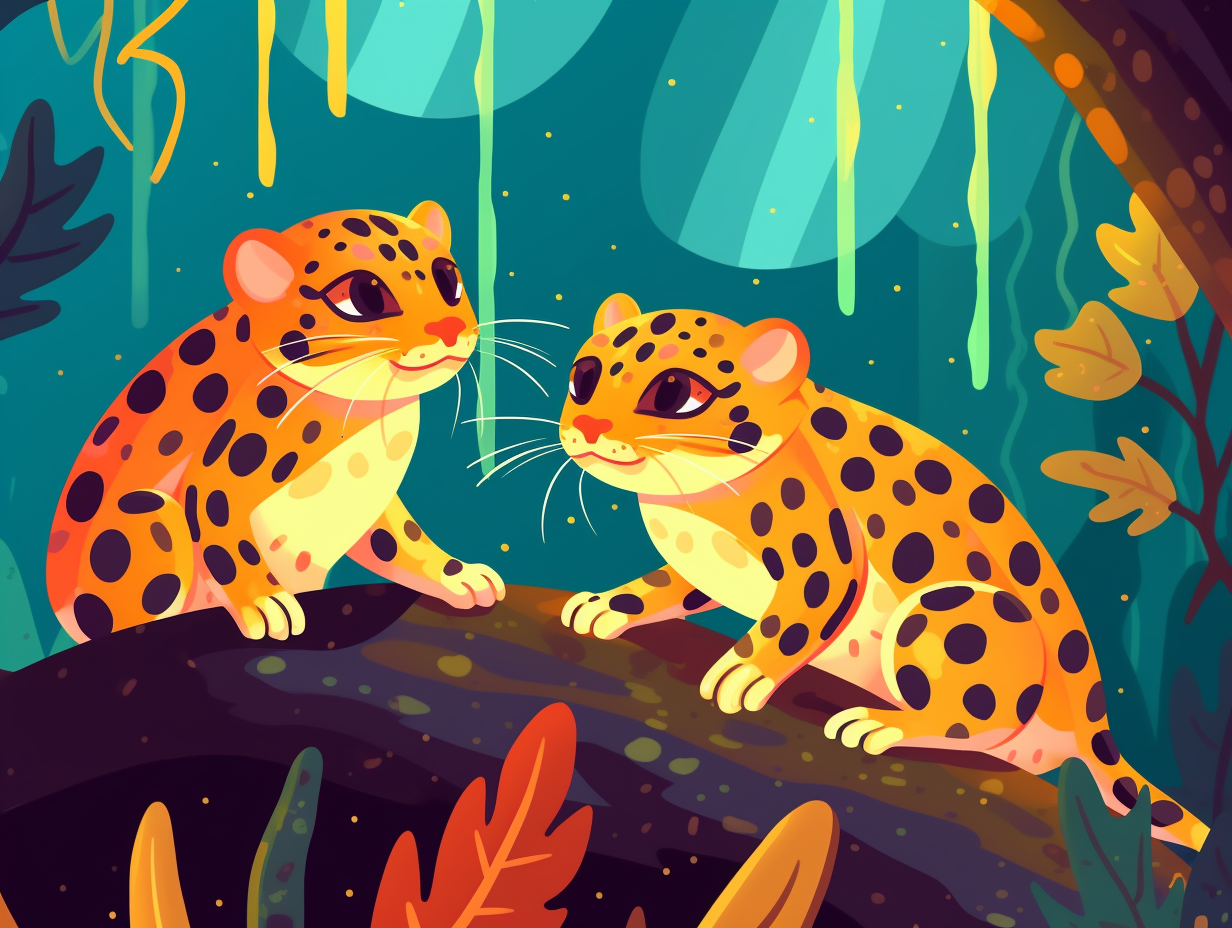Unearthed Secrets: Top 10 Fun Facts About Velociraptors You Won't Believe!

1. Hide and Seek Raptors
If you're ever playing hide and seek with a velociraptor, don't fear the turkey-sized dino lurking behind your curtains: those iconic "clever girls" are actually more likely to be the size of a sneaky and cunning wolf or coyote, leaving no cushion unturned! The serious reveal: Velociraptors clock in at up to 2 meters in length, including their tails, and can weigh as much as 45kg – far from their pint-sized, Thanksgiving-dinner inspired reputations.
Source => blog.paultonspark.co.uk
2. Scissorhands Claws
Velociraptors: the original Edward Scissorhands, but with a prehistoric twist and a fondness for dinosaur manicures! No digging or grooming here, folks: these crafty creatures boasted claws measuring a whopping 6.6 centimeters in length, designed exclusively for holding their prey captive, as a Mongolian fossil confirms.
Source => collector-secret.com
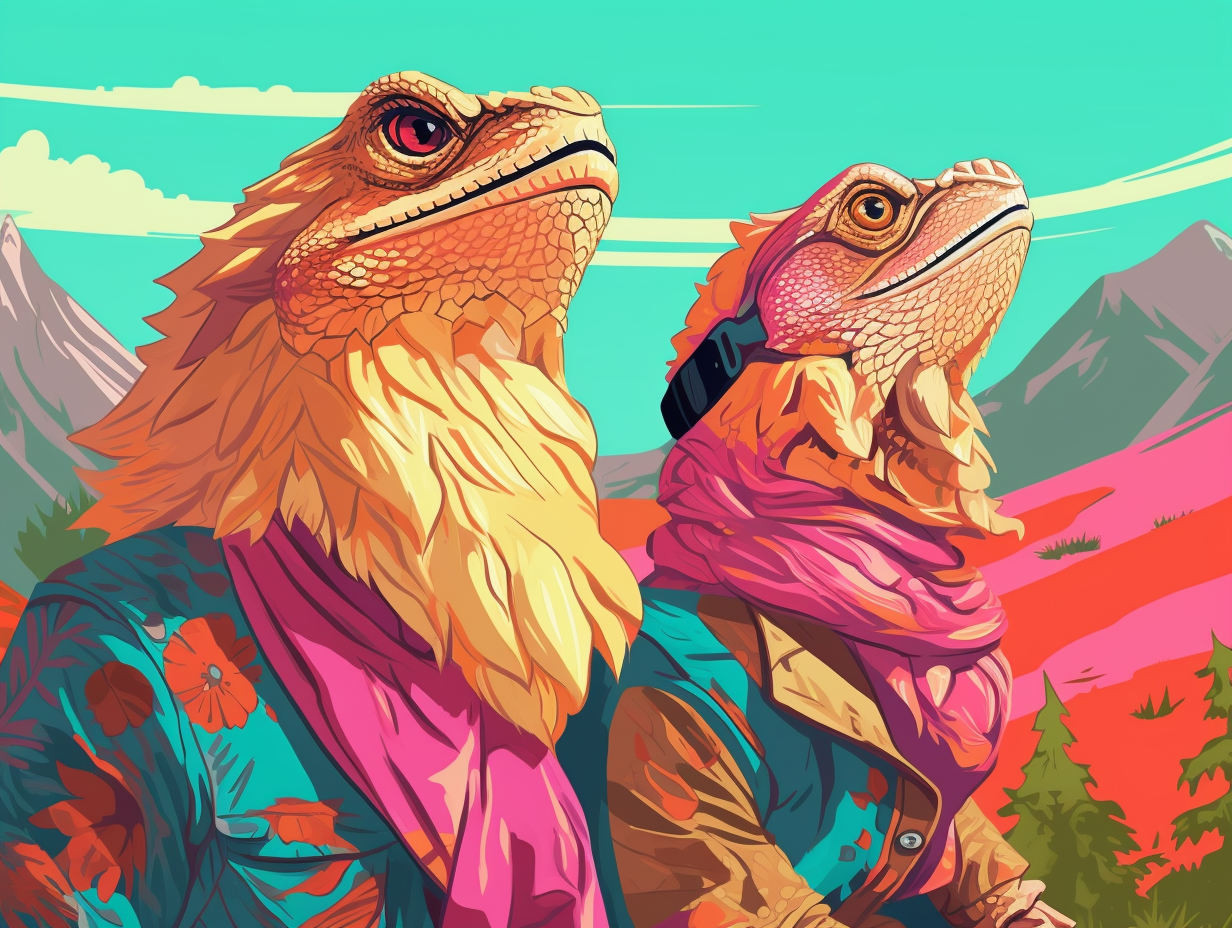
Did you know bearded dragons can change their colors for communication, camouflage, and even to express their emotions? Discover the fascinating reasons behind their hue-altering abilities!
=> Fun Facts about Bearded-Dragons
3. Reptilian Manicures
Velociraptors: the original 'Edward Scissorhands' with a reptilian twist! These ancient critters had a serious manicure, boasting claws up to 5 inches long, perfect for slicing, dicing, and puncturing their next prehistoric meal.
Source => en.wikibooks.org
4. Small but Mighty Hunters
Don't be too raptor-round the big screen's finger: Jurassic Park left some seriously sizeable dinosaur inaccuracies in its wake! Yes, velociraptors were less "Attack of the Pituitary Gland Beasts" and more, well, "Small But Mighty Misunderstood," standing at a modest waist-high: These pint-sized predators may have lacked some T-Rex heft, but they compensated with the physical prowess of contemporary birds of prey, sporting hinged ankles and forward-facing toes, fiercely hunting in packs and taking on formidable prey.
Source => nationalgeographic.com

5. Waist-high Terrors
Hold onto your Jurassic Park dreams and retract those claws, because the fearsome Velociraptors that Spielberg made famous aren't as epicly-sized as your childhood trauma wants you to believe: These notorious "terrors" of the prehistoric world were actually only waist-high, more akin to cunning avian menaces than the monstrous beasts we've come to know in popular culture.
Source => nationalgeographic.com
6. Speedy Dino-Swag
Velociraptors may not leave you in the dust, but they'd definitely flex their dino-swag in a burst of speed: These fascinating creatures could reach speeds of up to 25 mph (40 kph), making them one of the fastest sprinters of their time, albeit for short distances only – just don't pit them against the ostrich mimic ornithomimids, they'd lose by an extra 15 mph (25 kph)!
Source => onlydinosaurs.com
7. Scaled Fashion Divas
Picture a gaggle of velociraptors strutting the Cretaceous catwalk, feather boas in tow, and chuckle at the image: recent evidence confirms that these prehistoric divas were, in fact, covered in scales or tough skin, with no indication of fabulous feathers, despite their close relationship to modern birds.
Source => nature.com
8. Feathered Fashionistas
Hold onto your feather boas, Jurassic Park fans: Velociraptors might have been the flamboyant fashionistas of the dinosaur world! Pulling off feathered looks way before it was cool, scientists suggest Velociraptors likely sported feathers for insulation, display, or to audition for a role in an ancient dino-bird Broadway show.
Source => nationalgeographic.com
9. Night Owl Dinosaurs
You know how most people transform into night owls when the weekend rolls around? Well, Velociraptors probably beat us to that trend by millions of years: Turns out, these dino party animals were likely nocturnal, using their endocranium to detect a wide range of sound frequencies and track prey with ease in low-light conditions. And if that isn't rad enough, the Fighting Dinosaurs specimen – preserving a Velociraptor and Protoceratops in mid-battle – supports this night-owl theory, though it's still a hot dino-debate whether they flew solo or hunted in packs like their Deinonychus cousins.
Source => en.wikipedia.org

10. Gobi Desert Discovery
Step aside, Indiana Jones: Velociraptors had a cameo in the Gobi Desert long before you did! Discovered by paleontologist Roy Chapman Andrews in the early 20th century, these dinosaurs roamed a forested, lake-filled Gobi Desert more than 70 million years ago, helping Andrews identify the first dinosaur eggs and brooding behavior, foreshadowing their feathery link with modern birds.
Source => eartharchives.org
Related Fun Facts


